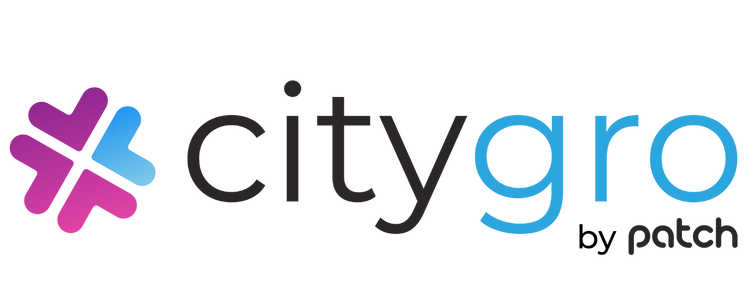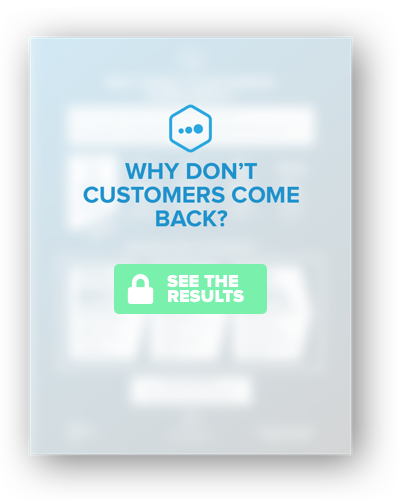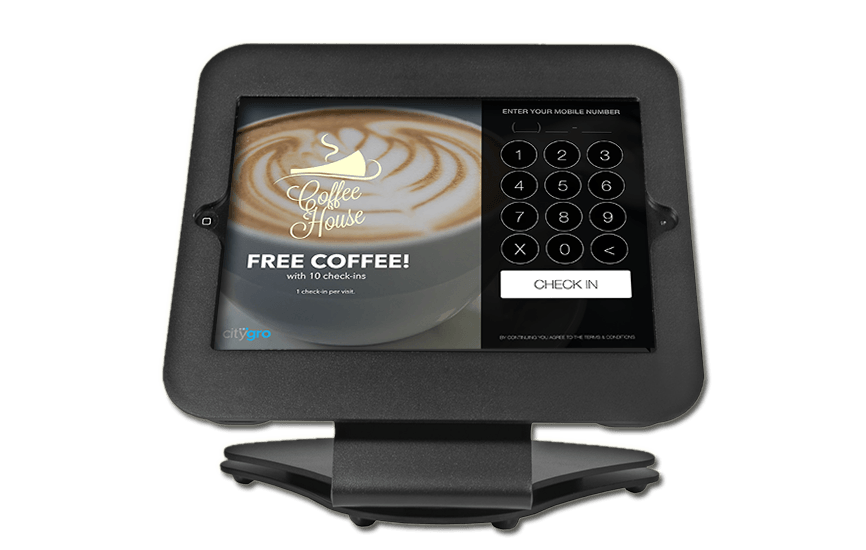The New Age of Data-Driven Marketing
I recently spoke with a man who owned a small smoothie shop in Southern California. On an average day, he would get anywhere from $300-$500 in revenue. That’s it, that’s the end of the story. There is no additional data collected and he is left guessing about how to grow his business. Unfortunately, this is the case for far too many small businesses, and quite often they end up being another statistic of a failed business.
Enter Data-Driven Marketing, the science of understanding your customers so well that you turn them into advocates for your business. If I were the aforementioned man, here are the questions I would ask to understand what Data-Driven Marketing is and how I can implement the science in my business.
What Data Do I Need?
When I consult with businesses, this is where we begin our conversation. Too often businesses think they need to create an extensive spreadsheet full of data fields that go far beyond the reach of what their small business can handle. I always suggest keeping it simple. Here is my personal list of data fields I would collect in order of importance:
- Communication Channels (Email, SMS number, Phone Number)
- Last Visit Data (Last Visit Time, Visit Revenue, Product/Service Purchased)
- Demographic Information (Zip code, Gender, Birthday)
- Profile Information (Name, Photo)
The reason I chose communication channels as the most important is because this is Data-Driven Marketing. Generally speaking, the rest of the information without a communication channel is useful only for viewing trends from a macro level. When it comes to Data-Driven Marketing, individuals are who we are most concerned with.
How Do I Aquire The Data?
In a perfect world where customers were willing to give you all their information, this wouldn’t be a question. We live in a world where customers view their personal information as confidential, and with good reason. There needs to be a trade-off. Customers give businesses information and business give customers “X”. What is “X”? “X” is the incentive and is usually disguised in the form of a loyalty program, exclusive discounts, or additional information.
Loyalty Programs
If you have ever heard an employee ask you if you would like to join their loyalty/rewards program. What they are really asking is would you allow us to collect additional information from you in exchange for discounting our service. Businesses that simply give out punch cards without requesting additional data from customers aren’t being as effective as they could be. Creating a loyalty program the right way allows you to collect my favorite data about a customer and that is “Last Visit Time”. Having this lets you know who’s being loyal and who’s not.
Exclusive Discounts
Sometimes customers are offered a “Free Drink” or “10% Off” if they enter their email address for future discounts. Therefore, you are giving the business the right to advertise directly to you in exchange for your “Communication Channel.”
Additional Information
An additional way to incentivize customers to give you their data is to make it required for additional information. This is often times used online when you see popups that say “Enter your email to get our white paper”.
How Do I Use Their information for Data-driven Marketing?
Now that you have built a customer database full of information, the next step is to engage in the science of Data-Driven Marketing. Take the information and put it to work for you to get customers back. Typically this consists of loading your list into a Marketing Software that can help you trigger messages at just the right time.
What’s the Ideal Setup for the Smoothie Store?
In conclusion, if I were the owner of the smoothie store. This is what I would do:
Create a Digital Loyalty Program:
- Every 10th smoothie is FREE
- When you join you get 10 % OFF
Information I would ask for:
- Phone Number (For SMS Marketing)
- Email Address (For periodic events)
- Birthday (For a once a year Birthday Offer)
Information I would automatically get:
- Last Visit Time
- Number of Visits
- Number of Loyalty Offers Used
- Last SMS Received
- Last Email Received
Automated Marketing I would set up:
- Welcome Email welcoming them to the loyalty program
- Birthday Text with discount
- Inactivity Text with discount (Automated if their last visit time was 21 days ago)
This is the new age of Data Driven Marketing. With a couple of small steps, your business can have the information it needs to automate engagement with your customers and drive them back to your business.







 Get this section from Jon. Get this section from Jon. Get this section from Jon. Get this section from Jon. Get this section from Jon. Get this section from Jon. Get this section from Jon. Get this section from Jon. Get this section from Jon.
Get this section from Jon. Get this section from Jon. Get this section from Jon. Get this section from Jon. Get this section from Jon. Get this section from Jon. Get this section from Jon. Get this section from Jon. Get this section from Jon.

